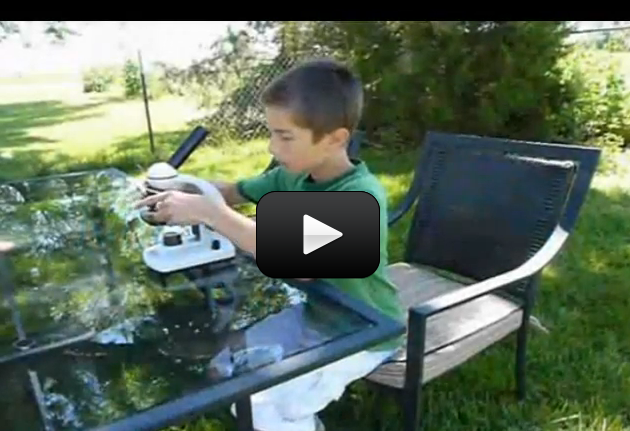Living things are all around us. Sometimes the living things we notice the most are animals, whether its birds chirping in the trees, our pet dogs, or even our fellow human beings. However, most living things are not animals - they include bacteria, archae, fungi, protists, and plants. These organisms are extremely important to learn about. They make life possible for animals, including human beings, by keeping soil ready for growth, and providing oxygen for our survival. No life would be possible without these remarkable organisms.
The prokaryotes, bacteria and archaea represent an amazingly diverse group of organisms only visible when one looks under a microscope. These single-celled organisms obtain energy and reproduce in a variety of ways.
Though some bacteria are harmful, causing disease, many are very helpful, providing the nitrogen we need to live and aiding in digestion. Archaea have been found in some of the most extreme environments on the planets, including environments that are remarkably hot or salty.


Agar is a gelatinous substance made from various kinds of red seaweed. It is what we call a biological culture media. In other words, we use it as food for bacteria. It is available in powder and pre-mixed forms here: https://www.homesciencetools.com/. Just search on the word agar.
What is agar and where can I find it?
Thank you!
You’ll find a list of microscope recommendations here.
Aurora, what microscope would you recommend for me to buy? I have children ages 12, 11, 8 and 6.